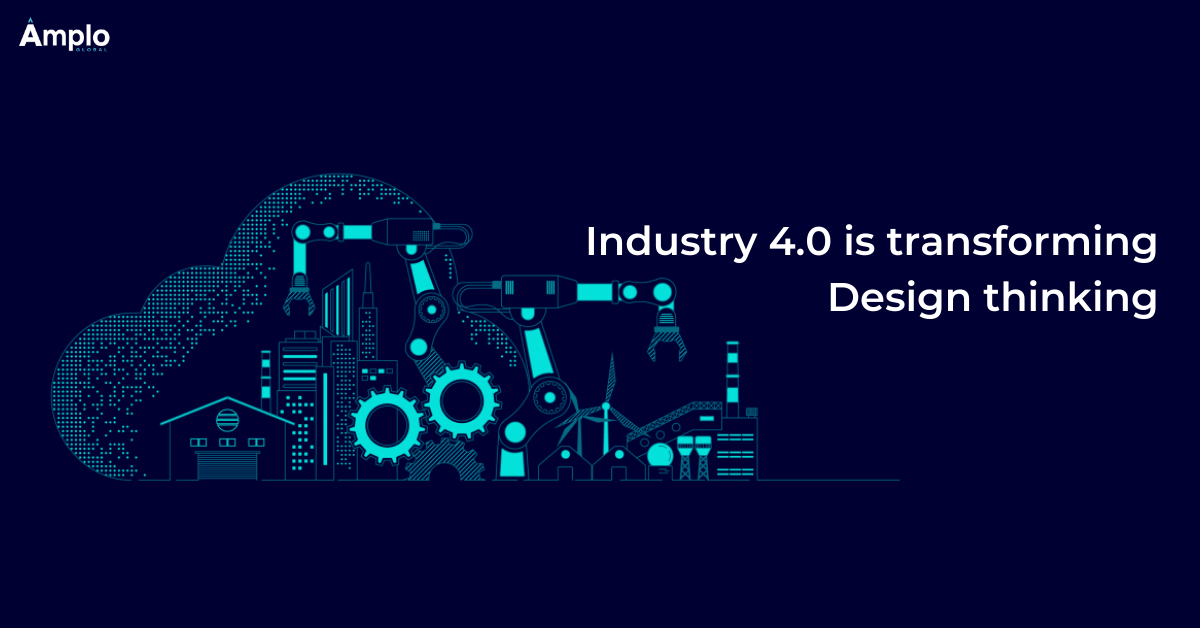Interconnectedness Empowered: Revolutionizing Industry 4.0
| Interconnectedness Empowered: Experience Industry 4.0’s transformative potential, revolutionizing manufacturing with innovation and efficiency |
Turn to Industry 4.0 proponents and they are likely to talk about a future made of cobots – collaborative robots — that coexist with human workers. In this world, they work together to achieve not just efficient production in smart factories, but also to ensure that the humans working alongside robots have a creative and fulfilling work life.
The common strand between Industry 4.0 and design thinking is the elevation of humans to the pinnacle of the value chain. Both concepts strive towards delivering better experiences — whether it is through human-centric products created using design thinking, or by leveraging automation and IoT sensors to free workers from mundane tasks. While much has been written about the impact of design thinking on Industry 4.0, it works the other way around, too – the shift towards Industry 4.0 has nudged design thinking down newer paths.
Design thinking and Industry 4.0
Swisslog reports (PDF) that Industry 4.0 principles are fundamentally altering the interactions between humans and machines. The vision of Industry 4.0, in which cyber-physical systems cooperate with each other and with the humans that work around them, “can only be realized when intelligence and control logic is decentralized or distributed across those cyber physical systems”.
This shift has a deep impact on design thinking trends, and it forces industrial designers to consider not only how humans hook up with machines, but also how machines sync with other machines.
Amplo Global, a leading AI, ML, and design-led platform company, points out that while automation remains central to enterprises, today the focus is on the interconnectedness between physical systems and digital assets, while improving customer experiences as a driver for operational excellence.
“Hallmarks of Industry 4.0 such as smart factories are entirely experience-centric, tying next-gen innovation with seamless usability, uncovering areas for bottom-line and top-line improvement.”
Interoperable and modular
A core tenet of Industry 4.0 is interoperability. Swisslog describes it as the ability of systems to transact with other systems, to exchange data and coordinate activities. Industry 4.0 simply cannot happen without this. If interoperability is designed well, it can “unleash the power to use real-time data to make better, faster decisions — for both machines and humans”. But if it has been designed poorly, data can remain trapped within isolated systems and individual silos, and organizations won’t be able to make optimal use of it.
Another key requirement of Industry 4.0 is modularity. Technologies like automated sorting systems, for example, were considered to be cutting-edge till recently, but are now thought of as being too unwieldy and overall a bad investment. In this new era of Industry 4.0, designers are tasked with building modular systems where parts can be upgraded without having to replace the entire setup. Or even add and remove features as per current needs.
“You only purchase what you need today while maintaining the flexibility to add modules in the future,” observes the Swisslog report. This modular approach also impacts how software is designed — instead of a monolithic solution that includes a dizzying array of options that a particular organization is most probably never going to use, Industry 4.0 design thinking calls for modular programs that interface optimally with their human operators.
Moreover, Industry 4.0 relies heavily on creating virtual copies of physical entities — digital twins of everything from an entire supply chain to a manufacturing unit. Designers need to not only create detailed and complex replicas of the physical world, they also need to ensure that the digital twins are customer-focused, frustration-free, and not too difficult to understand or operate.
And that, as you can imagine, is easier said than done.









































































